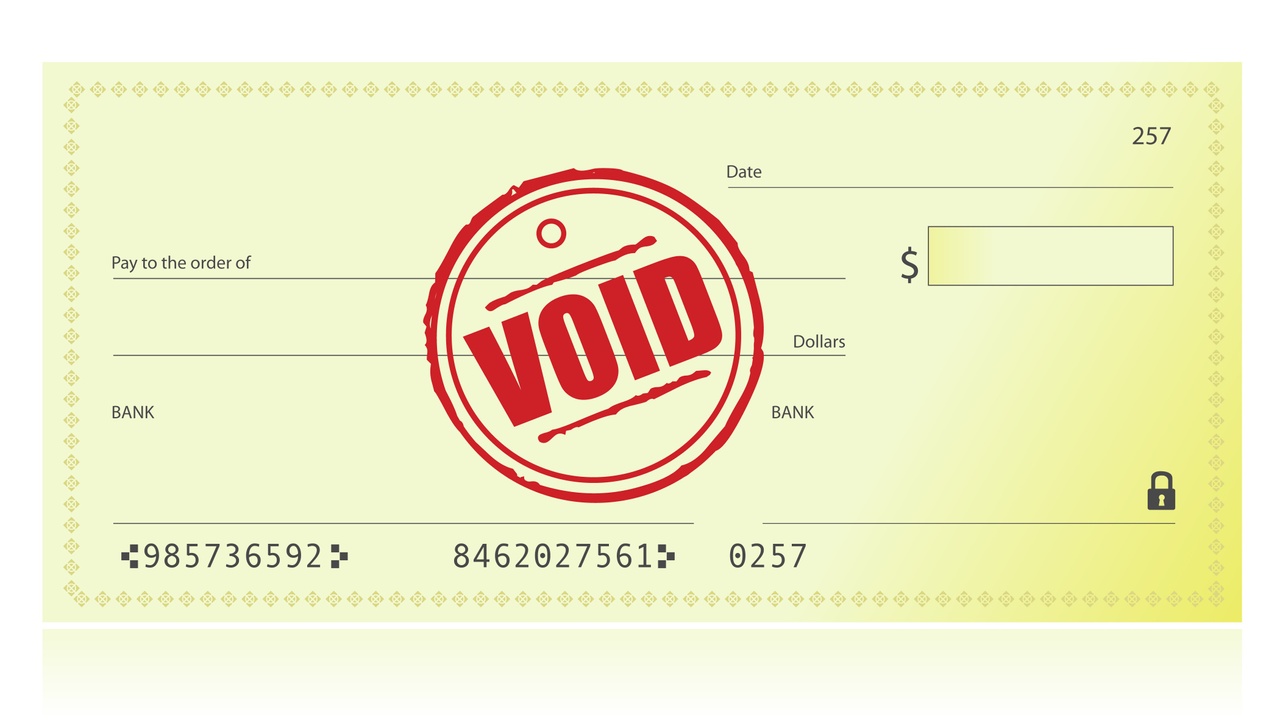
When you reconcile your bank account, you may notice that old entries are lingering around that you need to review for clean up. In fact, when bank reconciliations are done monthly, you should take a hard look at these old outstanding entries for possible errors or issues that need to be handled. If you are doing these for your client or yourself, be sure to discuss and review them with the appropriate people.
Outstanding Checks
When reviewing outstanding items, ignore those dated close to month-end because they will typically clear by the next month. However, when these continue to show up on the register, you need to be concerned and investigate.
Delete or Void?
For entries that are still in the same tax year, you can delete or void. Using the void feature allows you to keep track of all the checks in numerical order. Delete will remove traces of the entry.
Payroll Checks
Payroll checks take special consideration. You do not want to “Void” this entry and process it differently. If the original check is missing, you can reprint it using a different check number. If you are diligent in keeping a register of all your check numbers, whether they are printed or voided, you can mark the paycheck “to be printed.” Then create an entry to log in the lost check by entering a check with zeros using the original employee and code to payroll tax expense. In the memo, make notes about how you handled the void – for example, the original check was lost, we reported to the bank and placed a stop payment. Then with the original payroll check, reprint it using a new check number. This method keeps the payroll entry intact. If you void a payroll check, it has a ripple effect on all your filed payroll tax forms.
Handling Checks Written in a Prior Period
If you manage a check from a prior period included on your tax return, you need to handle this, so you do not change a closed period. An easy way to do this is to create the offset and date it in the current tax year. You need to look at the original check to see what expense account was used. Coded it to. Then create a deposit using this same expense account, match the amount to the check you are voiding, make notes in the memo but date it in the current tax year. When you go to reconcile, select both entries so that they wash out to zero.
If you need to void a check that pays a bill, you first need to look at the date. If it’s in the current year, simply voiding the check will work, it will put the unpaid bill back into accounts payable and allow you to keep track of checks in number order. If this entry is during a closed tax period, it will take more consideration. You will want to leave the original entry in place and recreate it in the current tax year with a matching bill credit with the same date and amount. This way, you do not take the expense twice or double pay the bill. Take the original bill payment and enter the new replacement check. Then pay the new bill in the current year, apply for the bill credit, and use bills and bill credits – dated in the current tax year. In the memo, you will enter notes around why you had to do this with the bill credit. Check xxxx never cleared, reissued with check xxx.
The same theory applies to outstanding deposits. I had a client that entered a deposit of $30,000 into their bank account. It was a mistake, and the entry remained on the books for 9 months. I deleted the entry because it was meant for another bank account. However, without the detailed notes of what happened and explanation of the error, it caused a lot of confusion for the customer trying to explain what happened. Their QuickBooks bank account suddenly lost its cushion, and they were in a panic.
To avoid lingering issues that pile up at year-end, it’s a good idea to have the person who reconciles the bank account monthly understand these possible areas that need to be cleaned up along the way and provide them the preferred methods to correct leave the appropriate notes behind.
If you would like to learn more tips and tricks, click here to access our entire course library!!
Stay connected with news and updates!
Join our mailing list to receive the latest news and updates from our team.
Don't worry, your information will not be shared.
We hate SPAM. We will never sell your information, for any reason.
